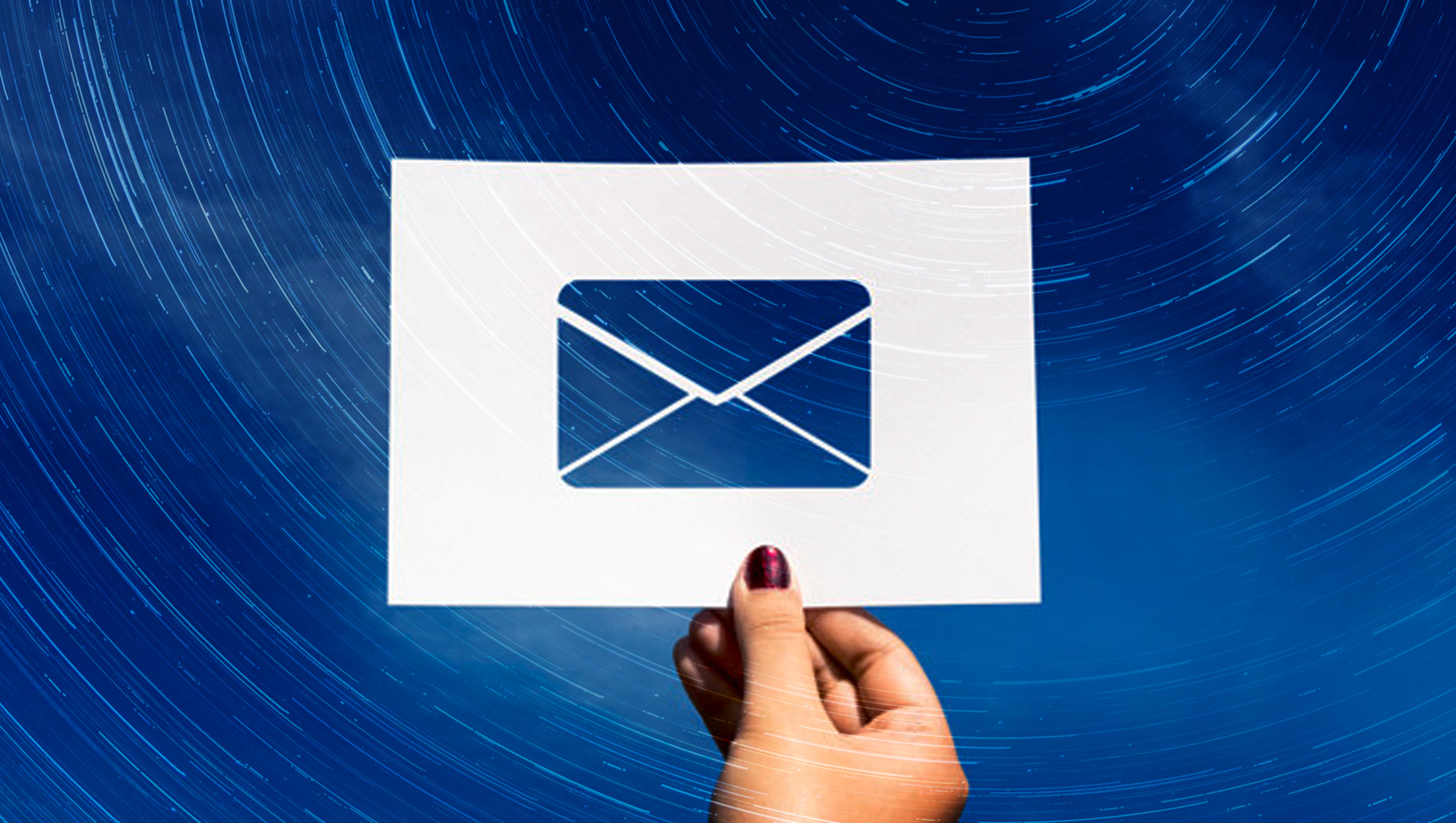As I shared in my previous article, customers now expect nothing less than personal, purposeful experiences from the brands they interact with. A brand’s ability to deliver personalization in the inbox has greatly improved over the years due to increased customer data, machine learning and AI capabilities. Yet, many marketers still struggle to be relevant in the inbox – research shows that 63% of consumers feel “numbed” by the personalized email campaign experience.
With the ROI of email marketing estimated to be $38:1 (Litmus 2018) – it is difficult for many email marketers to see the value in doing things differently by moving away from the traditional campaign experience. As my colleague and resident AI expert, Mark Sucrese, shared “Traditional campaigns and segmentation fall away as we move towards singular recognition of individuals in context of a particular need state at a particular touchpoint. Accurate identity recognition and interaction in context is critical.”
Read More: Time to Modernize Direct Mail to Boost Multi-Channel Marketing Success
Rethink Automation
Automation and machine learning in email is nothing new. We’ve long been able to apply decisioning capabilities to improve scheduling intelligence and optimize audiences. Still, in recent years, a lot of hype has been made around how machine learning and AI will help marketers improve on delivering personalization at scale. Yet, through all this hype most solutions over promise and under deliver because it takes more than an AI “Sherlock” to achieve true personalization at scale.
Instead of focusing on the machine itself, put time into assembling data including what you already know about your customers like transactional information, purchase history, name, address and email engagement. Augment that with third-party data to better understand the mindset, life stage and interests of your consumers. Then, create a versatile email architecture that works with variable content and provides a consistent structure, look and feel across communications.
While machine learning and AI can enhance efficiencies and give you the flexibility to adapt to customer behavior – your data must feed the machine and your email architecture must be able to support the machine’s decision. When it comes to data, relative to machine learning, more is more.
Develop Conversations Overtime
Automation is an important step in personalization efforts to establish a cadence of communication with individual customers that is akin to building a conversation over time.
Like any relationship, the more you understand about your customer the more meaningful every interaction can become.
The problem with many email marketing programs today is that they are based entirely on an organization’s own marketing priorities; the top products a team wants to sell or the best offer of the week. Talking “at” customers in this way leaves little hope for a real conversation in email (or any channel) that delivers value and influences a customer’s next interaction – or transaction – with a brand.
Data and insights are incredibly important to inform the machines and enhance its output. Make effective use of the customer insights you’ve assembled to inform the customer lifecycle. Envision what a better experience looks like to customers when they are interacting across channels to appropriately align email to meet the customer where they are in their journey.
With the right data and a versatile email architecture you will be ready to meet them in the moments that matter most.
Read More: The Top Four Messaging Channels in Customer Care and How to Select the Right One
Interaction in Context
In an era of the empowered customer where interaction in context is critical to keeping them engaged, there is risk in reaching customers with too many irrelevant emails. Overtime, it can decrease customer lifetime value and impact brand reputation. Sure, Bob appreciates when you know his name but interaction in context goes well beyond “Hello First Name.”
Customer identity that comes together in the right way can help you understand what people are doing in moments, across channels. For example, if an existing customer is browsing your website for an island cruise, you can understand that they’re in the market for a trip and leverage that information to be more relevant. Understanding where, and how, customers are interacting and activating insights through machine learning allows you to message to them more effectively and efficiently at scale.
As customers become savvier, it’s time for CMOs to increase the sophistication of their email marketing efforts by moving away from the traditional campaign experience and towards interactions in context.










